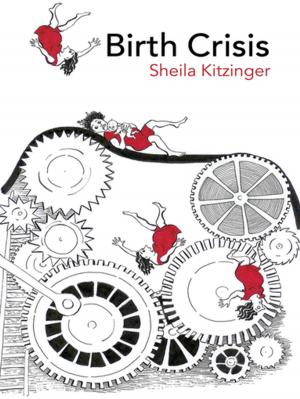Costuming the Shakespearean Stage
Visual Codes of Representation in Early Modern Theatre and Culture
Nonfiction, Entertainment, Drama, Greek & Roman, Fiction & Literature| Author: | Robert I. Lublin | ISBN: | 9781317159001 |
| Publisher: | Taylor and Francis | Publication: | May 13, 2016 |
| Imprint: | Routledge | Language: | English |
| Author: | Robert I. Lublin |
| ISBN: | 9781317159001 |
| Publisher: | Taylor and Francis |
| Publication: | May 13, 2016 |
| Imprint: | Routledge |
| Language: | English |
Although scholars have long considered the material conditions surrounding the production of early modern drama, until now, no book-length examination has sought to explain what was worn on the period's stages and, more importantly, how articles of apparel were understood when seen by contemporary audiences. Robert Lublin's new study considers royal proclamations, religious writings, paintings, woodcuts, plays, historical accounts, sermons, and legal documents to investigate what Shakespearean actors actually wore in production and what cultural information those costumes conveyed. Four of the chapters of Costuming the Shakespearean Stage address 'categories of seeing': visually based semiotic systems according to which costumes constructed and conveyed information on the early modern stage. The four categories include gender, social station, nationality, and religion. The fifth chapter examines one play, Thomas Middleton's A Game at Chess, to show how costumes signified across the categories of seeing to establish a play's distinctive semiotics and visual aesthetic.
Although scholars have long considered the material conditions surrounding the production of early modern drama, until now, no book-length examination has sought to explain what was worn on the period's stages and, more importantly, how articles of apparel were understood when seen by contemporary audiences. Robert Lublin's new study considers royal proclamations, religious writings, paintings, woodcuts, plays, historical accounts, sermons, and legal documents to investigate what Shakespearean actors actually wore in production and what cultural information those costumes conveyed. Four of the chapters of Costuming the Shakespearean Stage address 'categories of seeing': visually based semiotic systems according to which costumes constructed and conveyed information on the early modern stage. The four categories include gender, social station, nationality, and religion. The fifth chapter examines one play, Thomas Middleton's A Game at Chess, to show how costumes signified across the categories of seeing to establish a play's distinctive semiotics and visual aesthetic.















